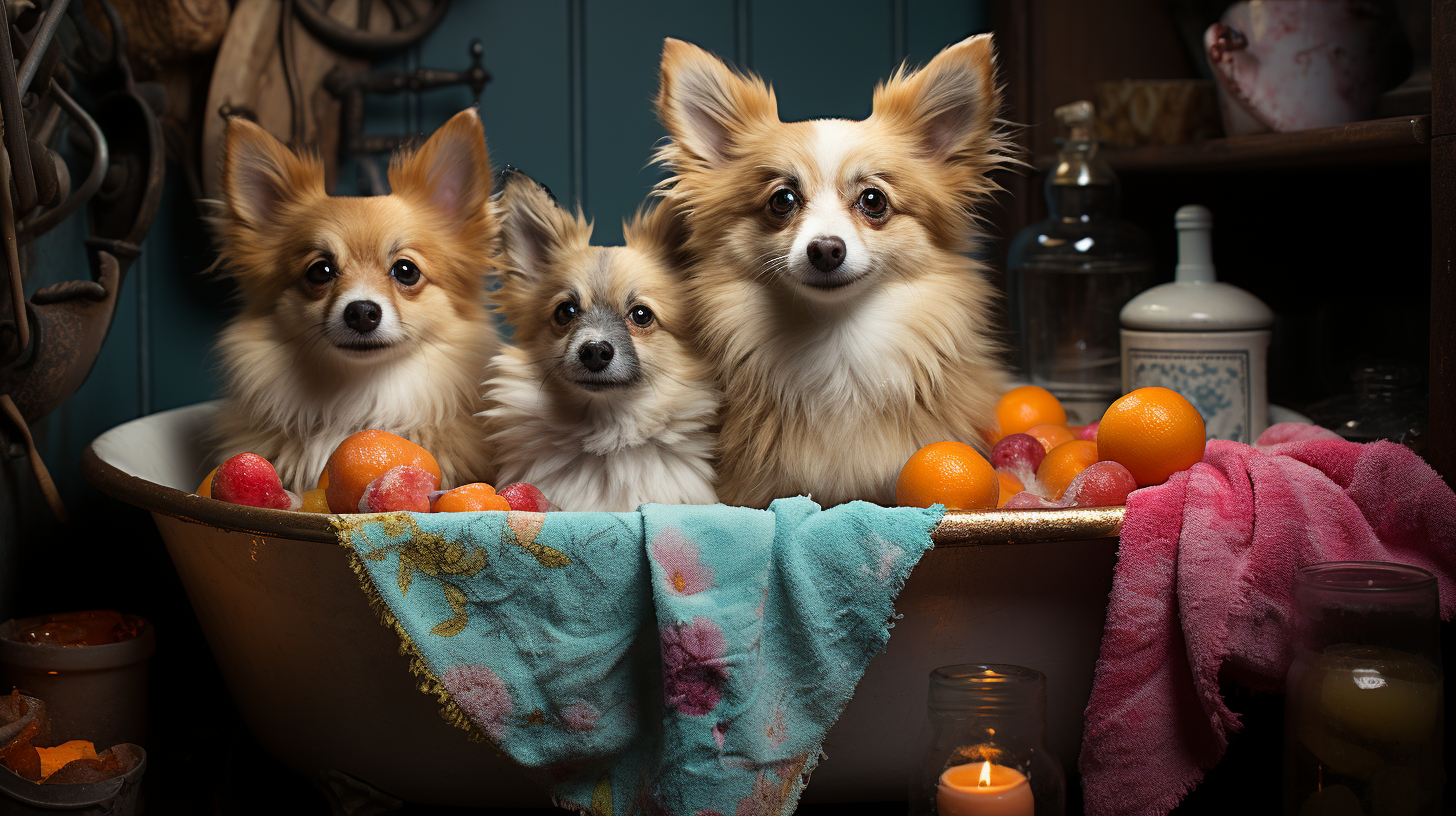Taking care of your pets at home doesn’t have to stress you out. With the right tips and techniques, you can provide you beloved four-legged friends with all the love and care they deserve right from the comfort of your own home! Here, we have compiled the top do’s and don’ts of at-home pet care to ensure that your furry friends are happy and healthy.
1. At-Home Pet Care Tips for Hassle-Free Care
- Keep it Clean – You have to vacuum, mop, sweep, and dust if there are furry friends living in your home. Clean up after their messes and invest in lint rollers to pick up their fur from furniture and your clothes. Make sure you check all their hiding spots too.
- Stick to their Routine – Animals are creatures of habit, so it’s essential to stick to a routine. Feed them at the same time each day, provide plenty of clean water, and take them for a walk or playtime. Consistency is key for a healthy and happy pet.
- Watch out for Parasites – Keep an eye out for fleas, ticks, and other insects. Make sure to take your pet to the vet at least once a year. Monitoring their weight and alerting your vet to any sudden changes in behavior should be part of the program.
A good pet owner will also take steps to maintain their furry friend’s emotional wellbeing. Be sure to socialize them, let them spend time outdoors, and lavish them with love. Spend quality time with your pet and give them plenty of attention.
You can also practice preventative care by using recommended medications and treatments. Pet insurance is another option if you didn’t opt for it at first. Ask your local veterinarian what plan they recommend for the best protection.
Lastly, stay on top of pet grooming. Regular brushing and bathing is one of the essential pet care tips. It removes dead fur, spreading of bacteria, and skin irritation. A healthy diet and brushing their teeth are also mandatory.
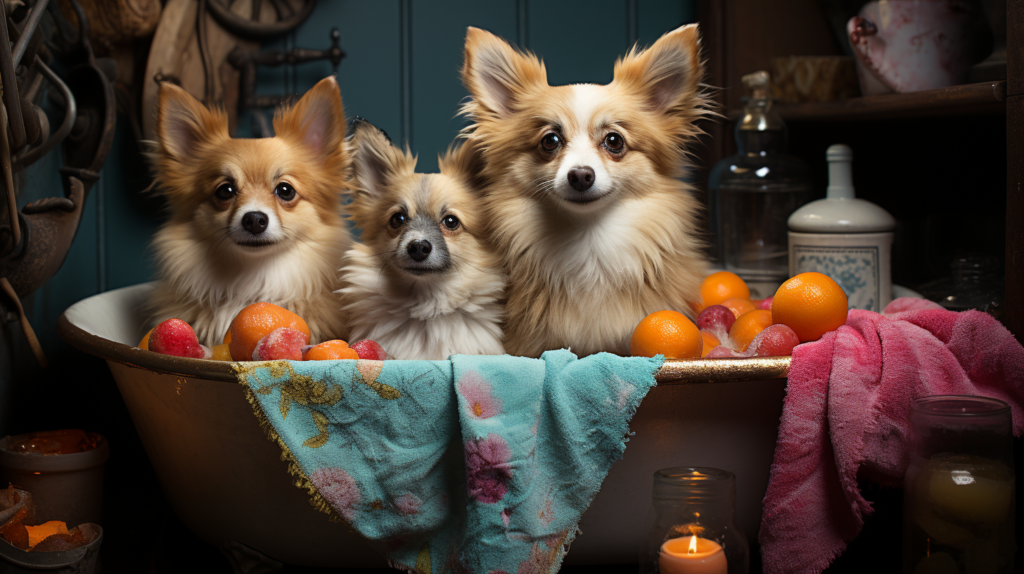
2. Grooming for Maximum Comfort and Contentment
Grooming is an important part of maintaining your dog’s comfort and contentment. If your pup is neglected – either through poor dietary habits or inadequate grooming – their physical and mental health and wellbeing can be compromised. Here’s some top tips to help you out:
- Regularly brush their coat to keep it looking healthy, smooth, and matt-free.
- Keep their claws trimmed – consider getting this done professionally.
- Bathe your pup regularly, but sparingly. To prevent over-bathing, every third time consider using only shampoo and water for a partial bath.
As well as maintaining your pup’s looks and keeping them clean, grooming has so many other benefits – it can help you detect early signs of illness, bond with your pup, prevent fleas and ticks, and generally give them a great feeling of wellbeing.
Regular brushing is an important part of grooming: it keeps the coat looking healthy, smooth and prevents it becoming matted. Plus, brushing circulates oils that can help to make your pup’s coat look glossy. Get into a regular schedule of brushing twice per week for short-haired breeds, once a day for longer-haired breeds, and every other day for semi-long-haired breeds.
3. Nourishment Necessities – Feeding the Right Foods in the Right Amounts
Right Food Matters
The type of food you feed your pet matters just as much as how much of it. Don’t just presume you know best – There are many factors to consider in order to provide the optimal nutrition for your pet. Consider the natural diet of the animal, the breed’s special needs, and how the food is produced. Making sure the food you feed contains real, recognizable, and nutritious ingredients is essential for any pet.
Right Amounts Matter
The amount of food your pet should eat is often based on their size, age, and activity level; and these things can change over time. You can find recommendations on how much to feed on the back of the food packaging. Make sure to regularly check in with a veterinarian to adjust the amount of food and the type of food accordingly. Even slight changes in the amount of food can make a big difference in your pet’s health.
Proper Vitamin & Mineral Supplements
Vitamins and minerals are important components in any pet’s diet. While all the essential vitamins and minerals should be available in the food you feed your pet, certain situations demand extra vitamins or minerals. For example, pets with certain illnesses or those who are pregnant have higher nutritional needs. Supplementing your pet’s diet with multivitamins can be the necessary boost for their health. Speak to your veterinarian to discuss their individual needs.
4. A Stress-Free Environment for Your Furry Friend
Your furry friend deserves a stress-free environment that makes them feel comfortable and safe. It is important to leave no stone unturned when planning the perfect enclosure for a pet cat or dog.
Start by making sure the enclosure is big enough for your pet to move around and relax without feeling cramped. If you can, include play items such as chew toys or even a scratching post that can both be used to relieve stress. In the case of cats, try to include some small furniture such as a cat tree, or even a few window shelves so they can look out and enjoy the outdoor view. You could also invest in a comfortable, orthopedic foam dog bed.
Preventing stress begins with providing outlets for extra energy that include regular walks and playtime. Make sure to also supply adequate hiding and resting areas inside the enclosure. Make sure the space is free of loud noises, too. For cats, having their own space to retreat to is especially important. Therefore, establish a designated cat-only zone that includes their own litter box and a scratching post. Don’t forget to set up several food and water bowls, as well as cleaning up litter frequently.
- Big enough enclosure
- Chew toys and a scratching post
- Comfortable furniture
- Regular walks and playtime
- Hiding and resting areas
- Quiet space
- Designated cat-only zone
- Adequate food and water bowls
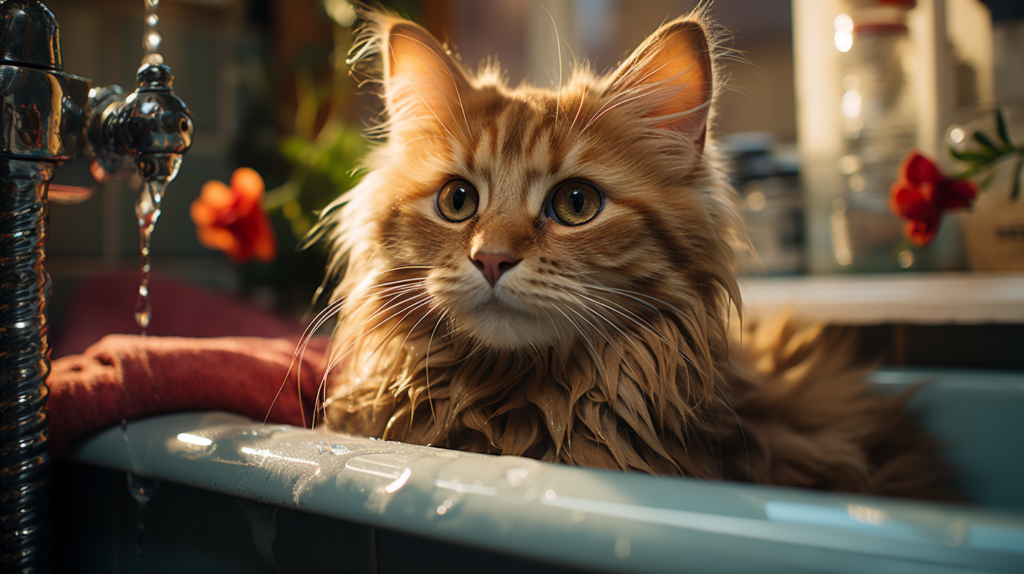
5. Flexible Exercise Routines for Every Pet
If you’re like most pet owners, you want your furry friend to be healthy and fit. But how do you make sure your pet is getting enough exercise? It’s important to develop and maintain a regular routine that’s tailored to each pet’s specific needs and abilities.
At minimum, dogs and cats should get 30 minutes of structured activity each day. Even if you plan to allow your pet to roam freely outdoors, a structured daily routine will keep them in good shape in the long run. Here are five types of exercises and activities for you and your pet to explore together.
- Running – Take your dog for regular jogs, either on or off-leash as long as it’s safe. Use a jogging stroller or leash your cat for a unique morning experience!
- Obstacle Course – Create your own maze for your pet to traverse. It’s like your own at-home agility course that you and your pet can complete together.
- Swimming – If you have a pool or access to one, swimming is a great way for your pet to exercise and build strong muscles.
- Playdates – For social animals like dogs and cats, nothing beats interacting with other animals. Take your pet to a safe, outdoor space for playtime with their furry friends.
- Yoga – Don’t forget about yoga! Both cats and dogs can benefit from stretching and strengthening exercises that come with yoga poses.
With these five tips, you can find easy and creative ways to get your pet the exercise it needs and deserves! Have fun exploring new activities and exploring new ways to bond with your four-legged friend.
6. Emotional Wellbeing – Knowing Your Pet’s Social Needs
Reading the Signs – You can tell a lot about your pet’s emotional wellbeing by observing their body language and reaction to their environment. Keeping an eye on your pet’s behavior can help you to know when they’re feeling anxious, unhappy or relaxed. Common signs of emotional distress may include aggressive behavior, excessive barking, restlessness, and hiding.
Social Needs – Many pets have a natural desire for companionship and interaction with their owners. Pets are very social animals and will often become very attached to one person in particular. To know your pet’s individual social needs, look for signs of distress when they don’t receive attention from their favorite humans. Make sure to provide enough quality time for your pet, create an environment where they feel safe and secure, and connect with them through positive reinforcement.
Time to Unwind – It’s important that you give your pet plenty of time to relax and enjoy their favorite activities. Stimulating activities such as playtime, walks, and physical contact can help your pet to build confidence, release energy, and de-stress. For cats, providing them with hiding spots, perches, scratching posts and toys can help to keep them entertained and content. Unnumbered list:
- Provide enough quality time.
- Create a secure environment.
- Make use of positive reinforcement.
- Give your pet enough time to relax.
- Provide stimulating activities.
- Give them specific objects to help them de-stress.
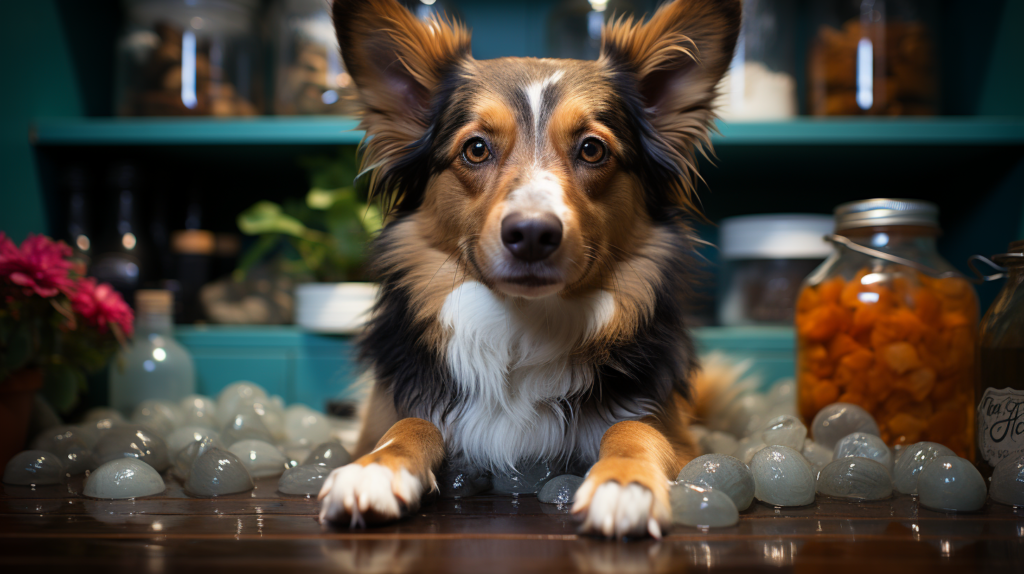
7. Maximizing Your Pet’s Health with Regular Check-Ups
Your pet’s health and wellbeing largely relies on proper care and nutrition. You can give them the best start in life by scheduling regular check-ups with an experienced veterinarian. With regular maintenance visits, your veterinarian can assess your pet’s overall health and catch any early signs of potential health problems.
Why is preventive care important?
- It helps identify health issues before they become more severe.
- It improves your pet’s quality of life through better treatment outcomes.
- It reduces the risks and costs associated with emergency care.
Your pet’s doctor should be able to offer immunizations, parasite control, nutritional advice and other preventive services that will better protect your pet’s health in the long run. Be sure to schedule an appointment anytime your pet shows signs of illness or distress.
8. Spotting the Signs of Illness or Injury
When to Be Concerned
It’s important to be aware of any changes in your pet’s behavior, appetite, and energy levels, as these could be early signs of illness or injury. Look out for any signs of pain such as groaning, yelping, wincing, or limping. Be particularly cautious if there are any changes in their bathroom habits, as this could be a sign of an underlying medical problem. Additionally, look for any signs of bruising, swelling, or irritation, as these could point to an injury.
What to do Next
If you notice any of the above signs, contact your vet immediately. Before your appointment arrives, try to keep an eye on the symptoms that your pet is displaying and take pictures if possible. You should also keep any notes of any changes you have observed in your pet’s behavior. You can then consult a vet and talk about your observations to see what next steps should be taken.
Common Symptoms of Illness or Injury
If you spot any of the following symptoms in your pet, contact your vet as soon as possible:
- repeated vomiting or diarrhea
- pain when touched or moved
- a decrease in appetite or difficulty eating
- excessive panting, coughing, or sneezing
- open wounds, discharge, bruises, swelling, or skin irritation
- general signs of fatigue or listlessness
It’s important to watch out for any of these and takeaction accordingly. Be sure to remain vigilant and stay alert to any changes in your pet’s health.
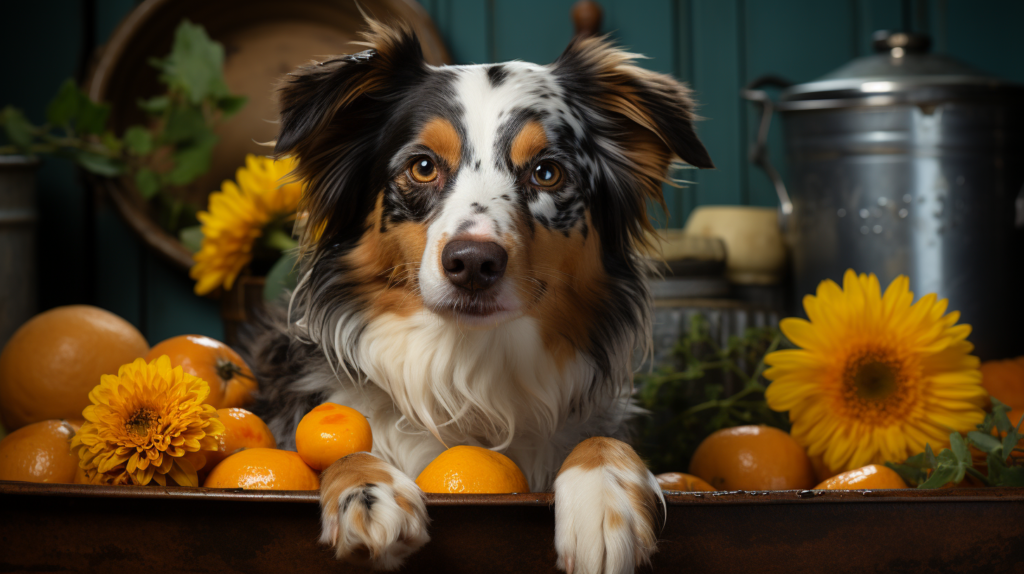
9. Enhancing Your Pet’s Life with Fun Activities
There are lots of ways to enhance your pet’s life and make it more fun and fulfilling. The key is to keep the activities interesting and provide good mental and physical stimulation for your pet.
- Provide toys for chewing and playtime. Look for toys that your pet loves and can play with on its own.
- Teach your pet tricks and obedience commands. Dogs and cats respond well to positive reinforcement and learning new skills.
- Go for a walk together in a safe area. Walks are important for physical exercise and mental stimulation, and are a great way to bond with your pet.
Explore a pet-friendly environment. Take your pet on fun trips to the park, doggy daycare, or even the beach. More often than not, pet-friendly environments provide a stimulating and inviting atmosphere for your pet to explore. Keep an eye out for signs of stress in your pet and avoid situations where they feel threatened or overwhelmed.
With a little effort and imagination, you can give your pet a life filled with fun and enjoyment. Give your pet the best life possible with these activities and they’ll reward you with unconditional love and enthusiasm.
10. Restful Sleep – Providing Your Pet its Necessary R&R
If pet owners had to rank the number one priority of what matters most to their furry companions, restful sleep would sit high up on the list. After all, a well-rested pet is a happy pet! Not only does the sleep quality affect their mood, but it also helps give them a full sense of overall well-being.
To provide a cushioned, cozy place for your pet to sleep, the bedding should be designed with comfort in mind. Whether you choose a pillow-style bed or a cuddle cave, making sure the cat, dog, or rabbit has plenty of room to nap and can snuggle into it is essential to a good night’s rest. A designated pet bed gives them a safe and secure spot in the house to call home – one that’s just for them.
Now that your pet’s sleep spot is settled, check daily for any signs that might indicate your pet is having difficulty sleeping, such as lack of appetite or energy, irritability, or difficulty waking up. These are clues that help pet owners stay informed about their pet’s physical and psychological well-being, providing them with the opportunity to address any discomfort or underlying illnesses.
- Provide comfortable bedding. Give your pet enough space to move around while sleeping on their own designated pillow or bed.
- Monitor for signs. Check daily for any signs that may indicate your pet is having difficulty sleeping.
- Understand triggers. Observe your pet’s behavior to understand any triggers that may disrupt their sleep.
We hope these tips will help you keep your pet safe, happy, and healthy while you’re at home. After all, there’s no place like home – especially when you have a furry friend in tow.
